
© Barbie Robinson. (Click image for larger version)
Mirramu Dance Company and Guests
Fortuity bill
Canberra, Courtyard Theatre
9, 17 May 2015
mirramu.com
www.canberratheatrecentre.com.au
Elizabeth Cameron Dalman directs Mirramu Dance Company, whose premises sit on the shores of Lake George some 40 kilometres north-east of Canberra. But half a century ago, in 1965, she founded Australian Dance Theatre in Adelaide. It was Australia’s first full-time, professional, contemporary dance company and is now looked upon as a radical and revolutionary initiative. Its original repertoire reflected the political and social change that characterised the 1960s, and it frequently looked to Australian art, the landscape and the country’s indigenous heritage for inspiration.

© Jan Dalman. (Click image for larger version)
Australian Dance Theatre is still active and its directors, since Dalman was ousted from her position in 1975, have included Jonathan Taylor, Leigh Warren, Meryl Tankard and, currently, Garry Stewart. But the present company has declined to celebrate its historic anniversary, so Dalman has taken it upon herself to ensure that the occasion is not forgotten. Fortuity, an eclectic program of works dating from 1966 to 2015, is the first step in her celebration.
Twelve different items spread over two programs were danced by members of Dalman’s Mirramu Dance Company along with guests from Taiwan, a country dear to Dalman’s heart – she has been visiting since the 1970s and has particularly strong connections with the Grace Shiau Dance Theatre, Danceology and the Tsai Jui-Yueh Foundation. Dalman’s guests from Taiwan danced superbly. Christopher Chu performed his own work, Memory Lost II, from 2014. It was a poignant reminder of the potential fragility of mind and body.

© Barbie Robinson. (Click image for larger version)
But Chu also displayed his outstanding improvisational skills as the Silkworm in Silk, a musing on the nature and properties of silk, and a work influenced by Dalman’s forays into the flowing movement of the Japanese technique, Mobius Kiryuho. Wrapped in a costume of transparent hood and covering for the body, Chu’s movement was limited but extraordinarily expressive as he became the worm, writhing on a small platform and acting out his short life cycle.
Other Taiwanese guests included Chen Fu-rong and Chen Yi-ching whose performance of the duet Sun and Moon from 1968 showed exceptional control, and Peng Hsiao-yin whose fluid movement in Woman of the River, choreographed by Dalman in 1987, was impressive.
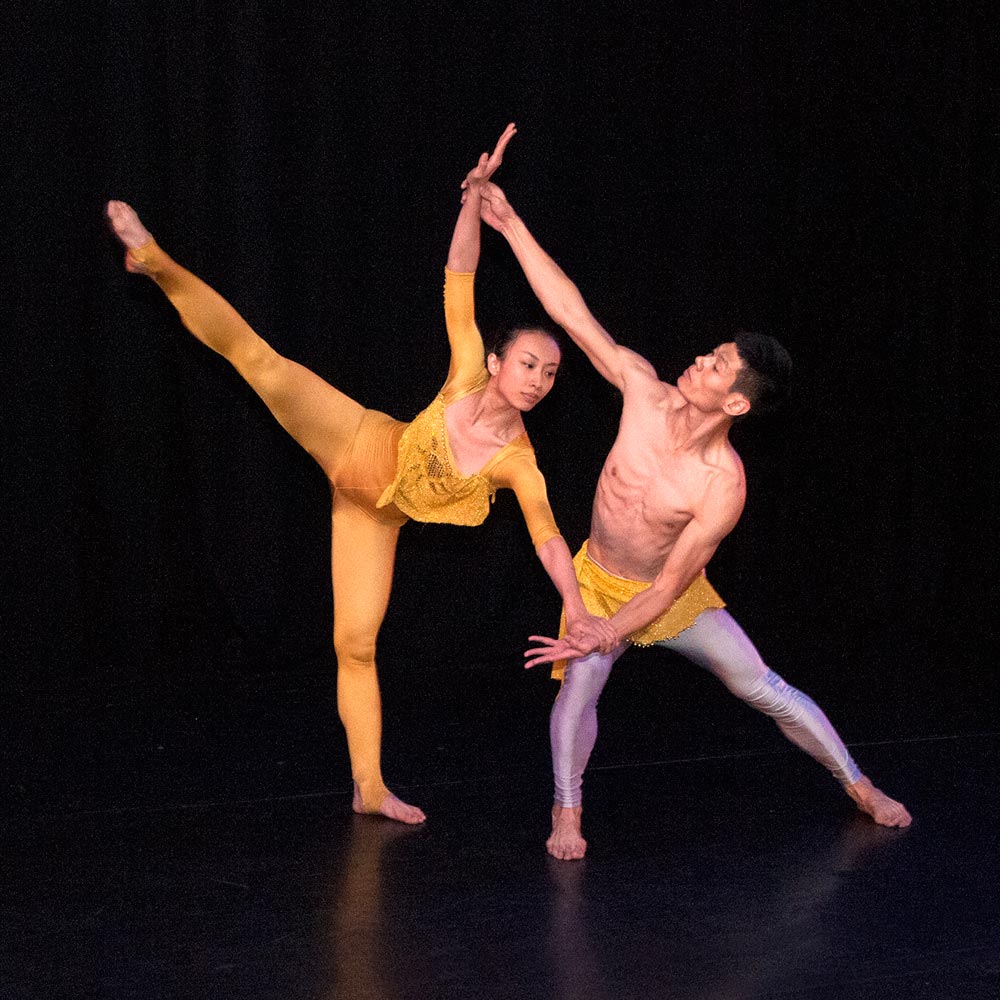
© Barbie Robinson. (Click image for larger version)
Of the Mirramu dancers, Miranda Wheen shone in the 1960s works, including excerpts from Dalman’s 1966 creation This Train and in Generation Gap of 1968, both danced to songs by the folk trio Peter, Paul and Mary. Surprisingly perhaps, Wheen, who I’m sure was not even born when Australian Dance Theatre was founded, absorbed Dalman’s early choreography so well that the dances could have been made on her. But she was also outstanding in Tango Lament from 2008 where she moved with a joyful sense of freedom. Vivienne Rogis and Janine Proost also made strong contributions. Rogis especially displayed her calm and imposing qualities in a range of solos including the Buddhist-inspired Inside of 1974.

© Barbie Robinson. (Click image for larger version)
Other strong items included an evocative 2015 improvisation by Chu and Dalman entitled Lake Reverie, and Landscape from 1967, made in response to works by then-emerging Australian artists Lawrence Daws, Albert Tucker and Russell Drysdale. Chen Fu-rong was especially striking in a solo from Landscape inspired by Daws’ spectacular Mandala series of paintings.
Dalman herself acted as a narrator between items, sometimes explaining the inspiration behind them, sometimes telling personal stories about the works. And she appeared dramatically as the Silk Moth in Silk, manipulating à la Loïe Fuller two canes from which silken drapes rippled like giant wings.

© Barbie Robinson. (Click image for larger version)
Fortuity was an exceptional program showing in particular the range of Dalman’s choreographic output, from her early works based on the techniques of some of America’s modern pioneers – Martha Graham, Eleo Pomare, Lester Horton and others – to her later interest in Asian philosophies and improvisation. The works from the 1960s seemed so fresh when one might have expected them to look a little dated, and the dancers, whether guests from Taiwan or members of Mirramu Dance Company, took the very eclectic range of works in their stride. Dalman deserves accolades for her determination not to let a major anniversary pass by without some kind of celebration. She will present another program in Adelaide later in 2015.







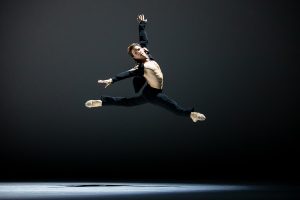



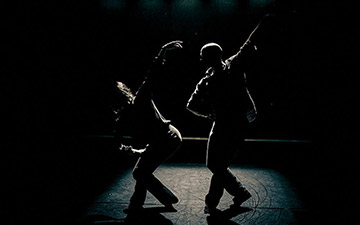
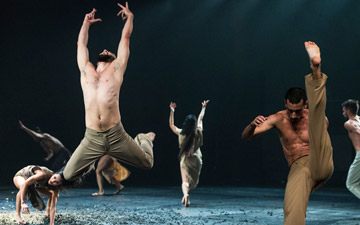
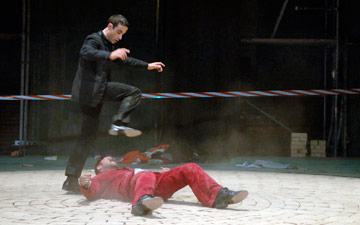
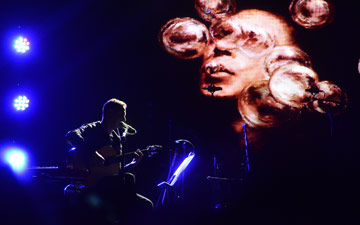

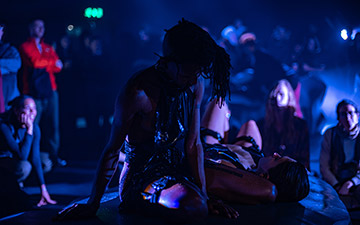
You must be logged in to post a comment.